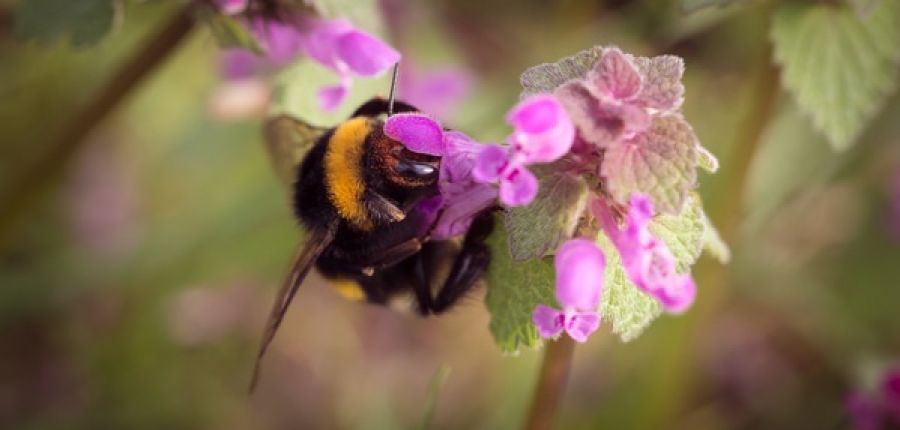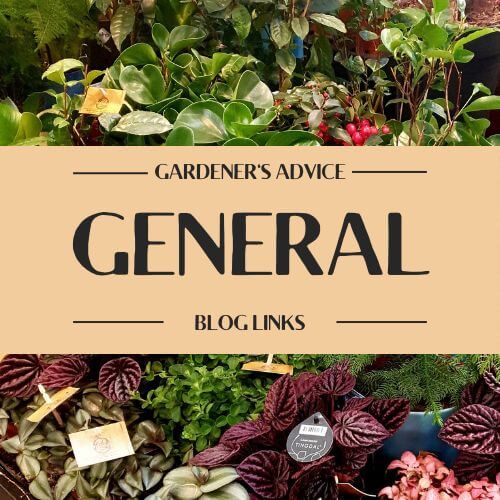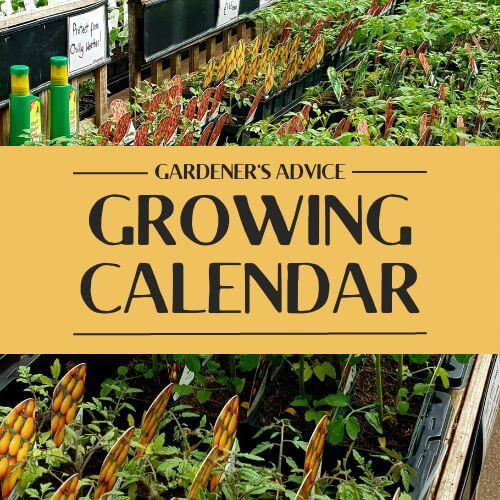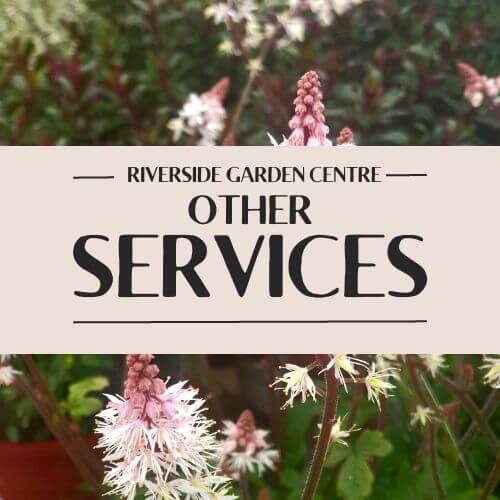Attracting Bees To Your Garden
Posted By: Lou Pinn Category: WildlifeThe UK’s bees need your help!
Bees are very hard workers! They visit flowers to collect nectar and pollen, which are rich in sugars and protein. By going about their daily job, they help to pollinate the fruit and vegetables that you eat and the flowers that you see in your garden. Sadly the bee population is declining as they lose their habitat to urban growth and green lawns, reducing the places that they can go to forage for food.
Top tips for bee-friendly gardens
· Give your bees a home. You don’t need a special hive: many bees are solitary and you can get small bee houses which look great on a garden wall.
· Foraging for food is thirsty work. Bees love bird baths, but you can simply put out a small dish of water. Add a little sugar to give tired bees an extra boost (this will also help butterflies and other pollinators).
· Plants growing in sunny, sheltered spaces are more likely to be visited by bees than those growing in shady or windswept areas. Low-growing plants that spread into clumps, are highly attractive to bees as it means a lot of food in one place.
· Double-flowered varieties of plants are not attractive to bees. If they struggle to find food they need, they won’t bother.
· Don’t kill bees! It sounds obvious, but insecticides kill off more than just those pesky greenfly. Use organic products, apply to plants in the evening and avoid spraying the flowers themselves if possible.
· For something different, try creating a wildflower space. Native flowers are loved by bees and other pollinators and wildflowers provide a beautiful, low maintenance and wildlife friendly spot.
· Buy local honey! Supermarket honey is likely to be imported and may contain chemicals. By buying local you are helping to support your local beekeepers and if you suffer from hay fever, eating local honey may reduce your symptoms.
Best plants and their flowering times
As a rule of thumb, your garden should provide bee-friendly flowers that are rich in pollen and nectar which bees can easily access from spring until late summer. The greater the number of suitable flowering plants in your garden the better, but you should aim to have at least two kinds of bee-friendly plant for each flowering period.
Spring Flowers
Bluebell, Bugle, Crab Apple, Crocus, Flowering Currant, Daffodil, Flowering Cherry, Forget-Me-Not, Hawthorn, Hellebores, Pulmonaria, Pussy Willow, Rhododendron, Rosemary, Thrift, Tulip, Viburnum
Early Summer
Aquilegia, Achillea, Astilbe, Campanula, Ceanothus, Comfrey, Delphinium, Fennel, Foxglove, Geranium, Oregano, Potentilla, Salvia, Snapdragon, Teasel, Thyme, Verbascum
Late Summer
Angelica, Aster, Buddleia, Cardoon, Cornflower, Cosmos, Dahlia, Fuchsia, Globe Thistle, Heather, Ivy, Lavender, Penstemon, Scabious, Sea Holly, Sedum, Verbena bonariensis







